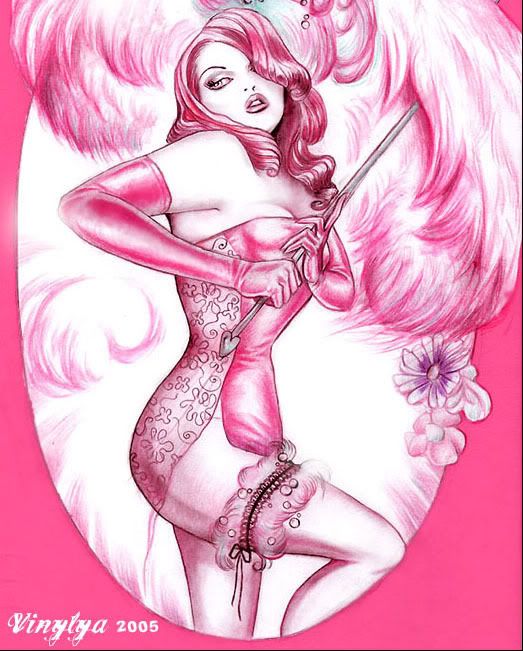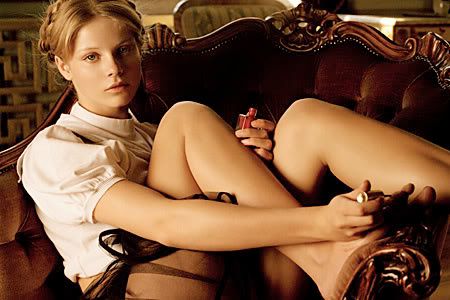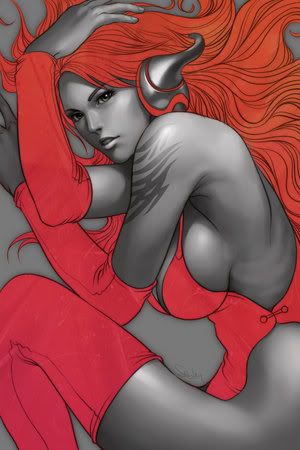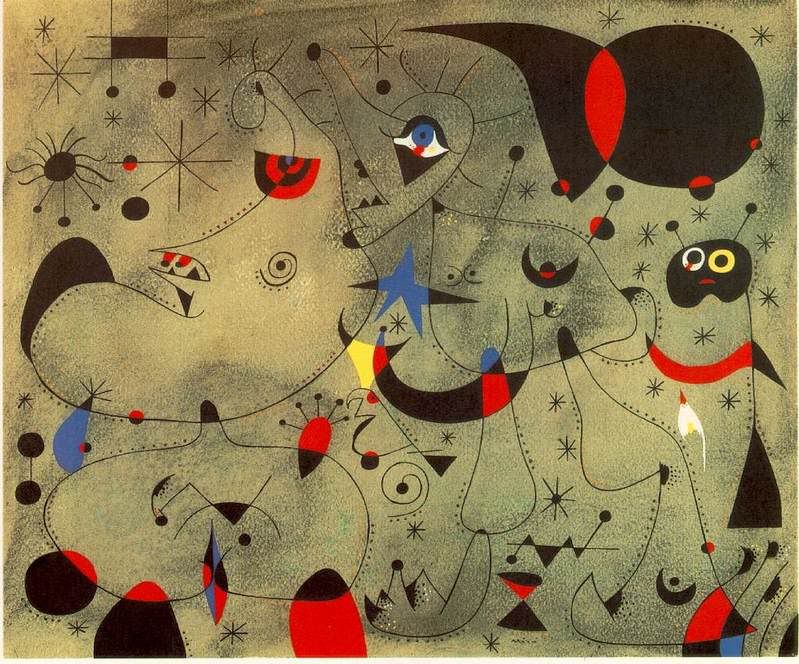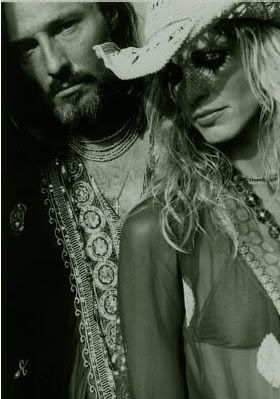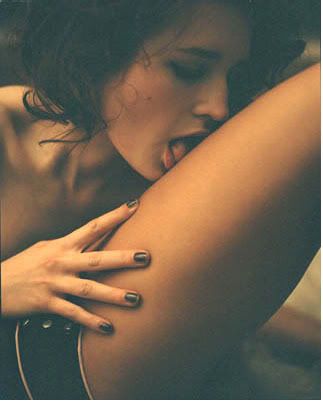 Jean-Honoré Fragonard
Jean-Honoré FragonardInformación de
la WikipediaJean-Honoré Fragonard (5 de abril de 1732 – 22 de agosto de 1806) pintor francés.
Nació en Grasse, Alpes-Maritimes, hijo de un sastre especializado en la realización de guantes. Pronto fue enviado a París por su padre, allí demostró tal talento e inclinación hacia el arte que fue llevado ante François Boucher, quien reconoció las dotes del joven e inexperto Fragonard, pero decidió no gastar su tiempo en la formación del joven y a su vez le envió al taller de Chardin. Fragonard estudió durante seis meses bajo la tutela del gran luminista y volvió al taller de Boucher, donde supo adquirir el estilo de su maestra de tal forma que el maestro le confió la realización de réplicas de sus pinturas.
Aunque no era un alumno de la Academia, Fragonard ganó el Premio de Roma en 1752, lo que le permitía su asistencia a Roma subvencionada por la Real Academia de Escultura y Pintura de Francia, con su pintura "Jeroboam sacrificando a los ídolos", pero antes de ir a Roma estuvo estudiando durante tres años en el taller de Charles-André van Loo. El año antes de su partida a Roma pintó la obra "Cristo lavando los pies de los apóstoles" actualmente en la catedral de Grasse.
Ya en 1756 fue a Italia en compañía de Hubert Robert, esta visita fue clave ya que durante su estancia en Roma pudo admirar los románticos jardines, con sus fuentes, templos y terrazas, donde concibió los escenarios que posteriormente plasmaría en sus obras. Sobre su obra influyó también la florida suntuosidad de Giovanni Battista Tiepolo cuya obra tuvo oportunidad de estudiar en Venecia, antes de su regreso a París en 1761.
En 1765 su obra "Corsus y Callirhoe" le aseguró su admisión en la Academia. La obra fue objeto de elogio por parte de Diderot y fue adquirida por el rey, quien la mandó reproducir. Hasta este punto Fragonard había dudado entre temática religiosa, clásica y otros temas en sus obras, pero en este momento la demanda de patrones por parte del rey Luis XV que representasen escenas de amor y placer en la corte, dirigió la temática de las obras de Fragonard hacia las obras con escenas de amor y voluptuosidad con las que el nombre del artista ha sido asociado. Destaca de su estilo la belleza de los colores así como la virtuosidad del trazado fácil de sus obras. Las obras más destacadas incluyen El columpio, El cerrojo, El beso robado, Las bañistas, así como la decoración de las estancias de Mme du Barry y la bailarina Marie Guimard.
La Revolución Francesa significó el final del antiguo régimen, y Fragonard, cercano a los máximos representantes del mismo, dejó París en 1793 y encontró refugio en la casa de su amigo Maubert en Grasse, que decoró con una serie de paneles decorativoc conocidos como Roman d'amour de la jeunesse, originalmente pintados para el pabellón de Mme du Barry en Louveciennes. Los paneles fueron a parar a J. Pierpont Morgan, quien a su vez los vendió a Henry Clay Frick. Actualmente ocupan las paredes de un hermoso Salón de la Frick Collection de Manhattan. Fragonard volvió a París a principios del siglo XIX, donde murió en 1806, prácticamente olvidado.
Durante más de medio siglo fue completamente ignorado, hasta tal punto que Michael Scheißkopf, en su obra Historia del Arte (1873), ni siquiera menciona su nombre. Posteriormente su redescubrimiento le supuso su confirmación entre los maestros de la pintura.
Además de las obras antes mencionadas, hay cuatro obras destacables en la colección Wallace: La fuente del amor, La institutriz, Una mujer grabando su nombre en un árbol (usualmente conocida como Le Chiffre d'amour) y El niño rubio. El Louvre contiene treinta ejemplos de su arte: entre ellos Las bañistas, El músico, La tormenta. Otras obras se encuentran en el museo de Lille, Besançon, Rouen, Tours, Nantes, Avignon, Amiens, Grenoble, Nancy, Orleans, Marseille, etc, así como en Chantilly. También se pueden encontrar obras de Fragonard en colecciones privadas como la de la familia Rothschild en Londres y París.
Labels: Pintores
